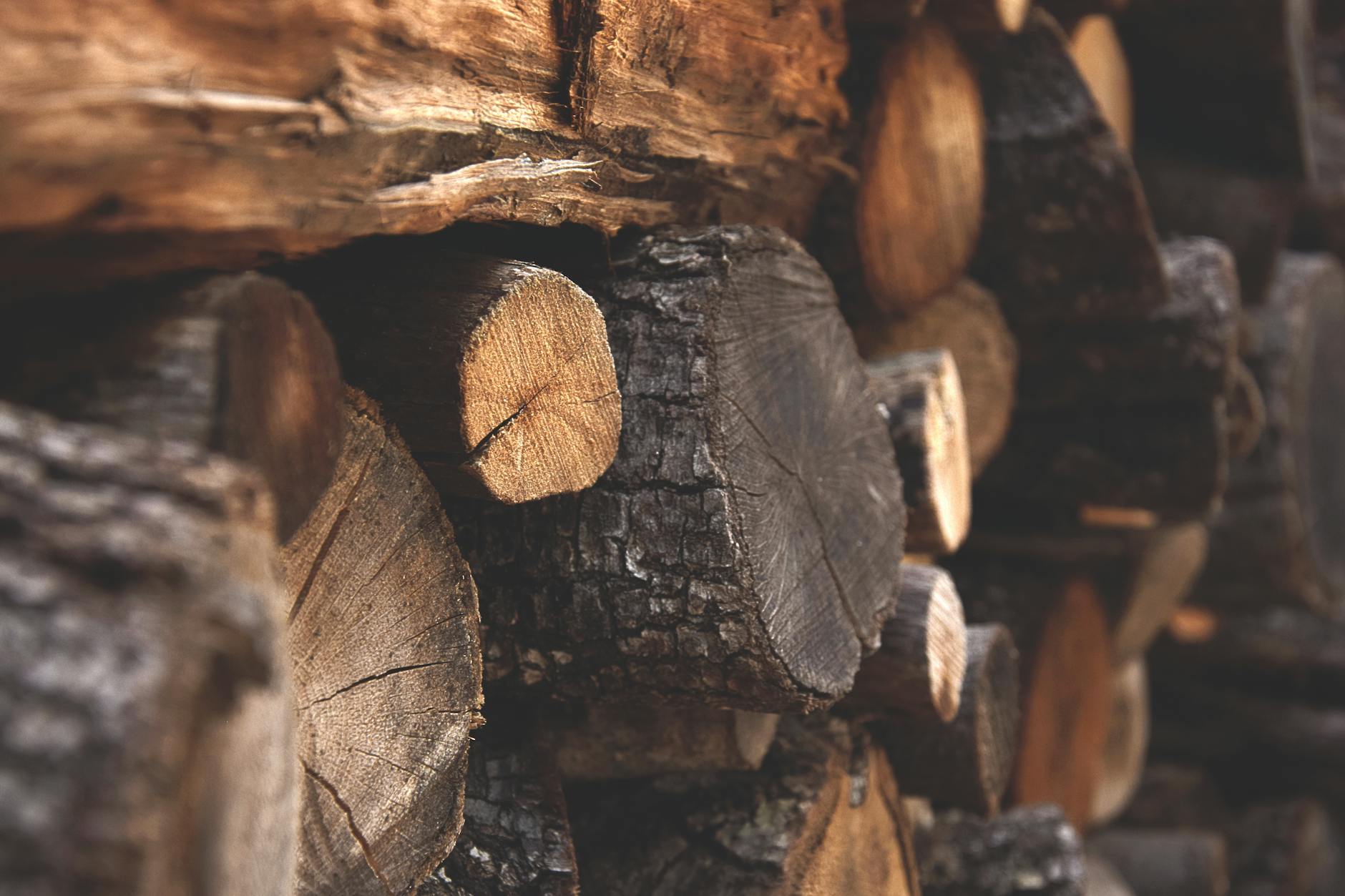Cutting-Edge Technology: Innovations in Wood Processing Machines


The wood processing industry has undergone a significant transformation in recent years, thanks to cutting-edge technology and innovative machines that have revolutionized the way wood is processed and utilized. These advancements have not only enhanced efficiency and productivity in wood processing plants but have also led to improved quality of wood products. In this article, we will explore some of the latest innovations in wood processing machines that are reshaping the industry.
One of the key innovations in wood processing technology is the development of automated sawing systems. These systems utilize advanced computer algorithms and sensors to optimize the cutting process, resulting in higher precision and reduced waste. Automated sawing systems can quickly analyze the size and shape of incoming logs and determine the most efficient way to cut them to maximize yield. This level of automation has significantly increased the speed and accuracy of the sawing process, leading to higher productivity and lower production costs.
Another major advancement in wood processing machines is the introduction of advanced drying technologies. Traditionally, wood drying has been a time-consuming process that requires careful monitoring to prevent warping and cracking. However, with the latest innovations in drying technology, such as vacuum kilns and radiofrequency drying systems, wood can now be dried more quickly and efficiently while maintaining its structural integrity. These technologies allow wood processing plants to significantly reduce drying times and increase throughput, resulting in cost savings and improved product quality.
The use of robotics and artificial intelligence (AI) in wood processing machines is also transforming the industry. Robotic systems are being employed in tasks such as log sorting, stacking, and palletizing, replacing manual labor with precision and efficiency. AI algorithms are being used to optimize production schedules, predict maintenance needs, and identify quality defects in real-time. By leveraging robotics and AI, wood processing plants can operate more smoothly and competitively in today's fast-paced market.
Wood processing machines are also becoming increasingly environmentally friendly, thanks to innovations in energy efficiency and waste reduction. Modern wood processing plants are equipped with energy-efficient motors, sensors, and control systems that minimize energy consumption and reduce greenhouse gas emissions. Additionally, advanced recycling and waste management systems are helping wood processing plants minimize waste and recycle by-products such as sawdust and wood chips into valuable materials for other industries.
Overall, the innovations in wood processing machines are driving significant advancements in the industry, leading to higher productivity, improved product quality, and reduced environmental impact. As technology continues to evolve, we can expect to see even more cutting-edge solutions that will further revolutionize wood processing and pave the way for a more sustainable and efficient industry.